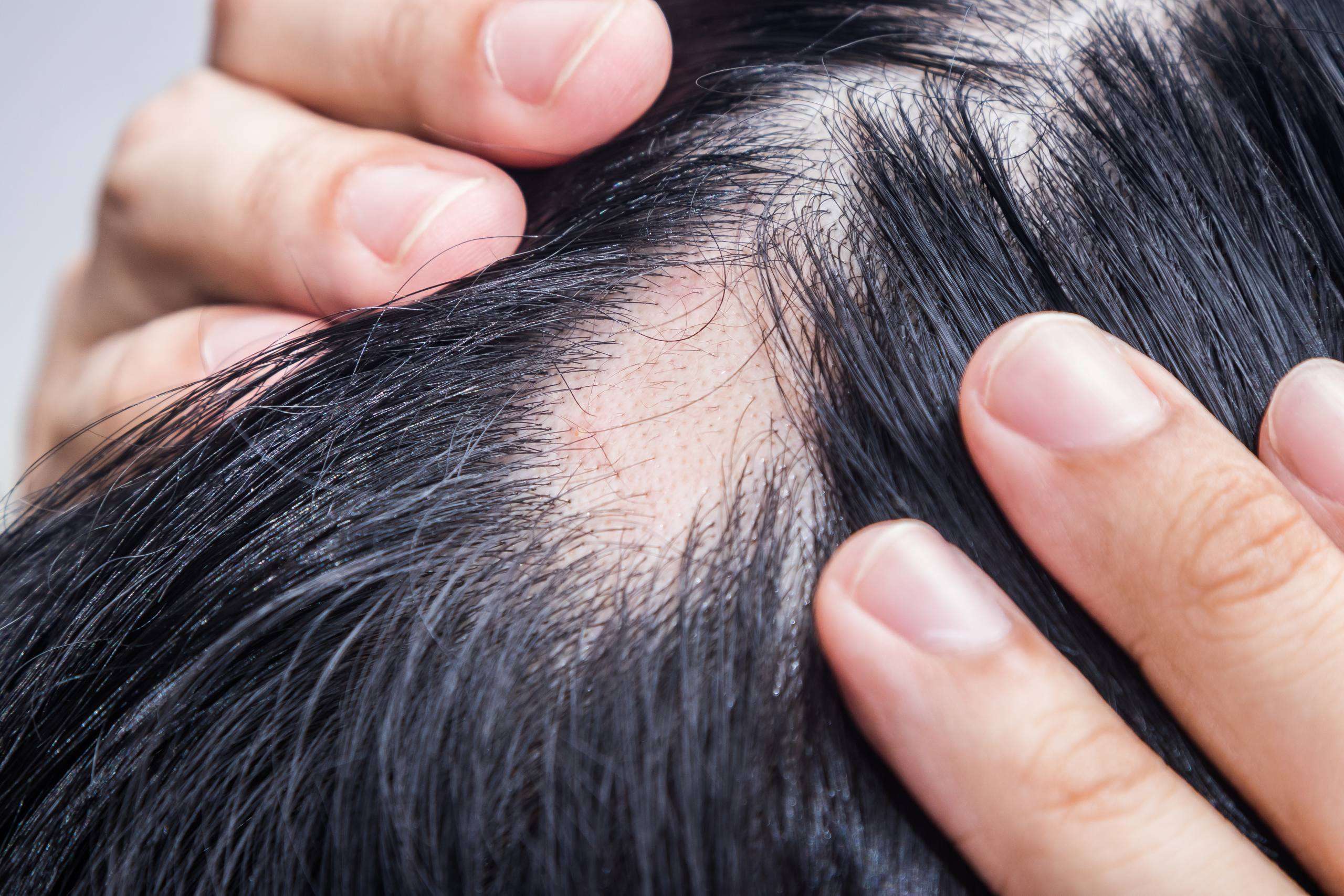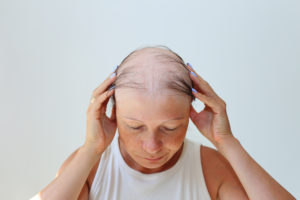Unmasking the Mystery of Scalp Acne: A Comprehensive Guide
Introduction Acne is a common skin woe that doesn’t discriminate, making its presence known not only on our faces but also on our scalps. If

Patch baldness is a common form of hair loss that can be treated with medication or surgical procedures. You may even be wondering what really causes patch baldness and how you can treat it.
This article will address your questions by providing you with information on the causes and treatments for patch baldness, as well as provide helpful tips to help prevent further hair loss and/or regrowth in affected areas.
Patchy hair loss falls under the umbrella of Alopecia areata. This condition usually starts with patchy hair loss on the scalp and develops to total baldness and even hair loss on the body. Hair loss is usually fast and asymmetrical.
Alopecia is the medical term for hair loss or baldness. It can appear on any part of the body. Alopecia manifests itself in a variety of ways. Some types result in temporary hair loss that will recover. Other types of hair loss may progress and become permanent.
On the other hand, Alopecia areata is a condition in which hair falls out in small, difficult-to-see places. These patches may, however, combine and become apparent. The illness occurs when the immune system attacks the hair follicles, causing hair loss.
Alopecia areata has no known treatment at this time. There are, however, therapies that can help hair regrow faster and prevent future hair loss, as well as creative techniques to conceal hair loss. There are other resources available to assist people to cope with the stress of hair loss.
Alopecia may be caused by a variety of causes that can affect people of all genders, races, and ages. it’s a disorder that usually emerges in childhood. It is caused by a combination of genes passed down from both parents, but it takes more than simply genetics to manifest.
Alopecia may appear in a number of ways. Small, circular patches of hair loss on the scalp, beard, or other “hairy” areas of the body are typical symptoms. Alopecia patients may have hair loss and regrowth in many places of the body at the same time. It’s also possible that hair is just disappearing on one side of the scalp while staying on the opposite. It’s also possible to have exclamation point hairs that are thin at the scalp or rows of tiny dents on the fingernails.
The truth is, not only is stress linked to hair loss but it’s also linked to the following two diseases that can lead to hair loss.
This is a common cause of sporadic hair growth. Hair follicles may fall into a “resting” condition and stop generating new hair strands as a result of stress. Even if you just wash, brush, or stroke your hair, it may come out more easily with time. Telogen effluvium can also be caused by a poor diet and changes in hormone levels.
If you’ve ever found yourself pulling your hair out when you’re concerned or irritated, it might be a sign of trichotillomania. People who suffer from this psychiatric condition cope with negative emotions like stress and worry by plucking hair from their scalps, faces, and other regions of their bodies. Adolescent females are more likely to experience it.
But does it include alopecia? Experts don’t believe so. They aren’t sure what causes alopecia areata, although genes might be a factor. Alopecia areata may be highly stressful for anybody coping with it, even if it isn’t caused by stress.
Well, based on what we have been talking about, Alopecia areata causes bald patches to appear suddenly on the scalp, eyebrows, or beard. It clears up on its own in most situations, but for other people, it might take years.
Alopecia areata affects the head, body, and limbs. Small bald patches on the head are a common symptom. Each area is usually around the size of a quarter or less. This detracts from the aesthetics of the hair and can result in a great deal of psychological stress for the individual.
Use a wide-toothed comb and a soft-bristle hairbrush to protect your scalp from damage. Use as few chemicals as possible on your hair. Hairstyles that put too much strain on your hair should be avoided.
Hair loss can be caused by a poor diet. Nutrient-dense foods include fruits, vegetables, whole-grain bread, low-fat dairy products, legumes, lean meats, and seafood. If you are hungry between meals, reach for a healthy snack like low-fat yogurt.
On a daily basis, make an attempt to get enough sleep and exercise. Deep breathing, meditation, and music listening are some of the new relaxation techniques you may learn. These could come in handy if you’re coping with a challenging circumstance.
Hair loss treatment is based on the underlying cause of the problem. Sometimes, your hair loss will improve without therapy. But more often than not, it improves with treatment. One or more of the therapies listed below may be necessary if your hair loss:
Steroids aid in the reduction of inflammation and hair follicle damage. Alopecia areata can be treated with corticosteroids.
Estrogen is a female hormone used to treat hyperandrogenism in women (high levels of male hormones). The effects of male hormones on hair development can be reduced by estrogen. Female pattern baldness is treated with this therapy.
Immunologic drugs have an effect on immune cells that may be damaging hair follicles. Alopecia areata is treated with this therapy.
If your alopecia is caused by an infection, antibiotics or antifungals may be required.
Hair transplant surgery involves removing hair follicles from one region of your head and transplanting them to an area where you are bald. This is generally reserved for extreme cases where medications have failed to help hair loss. For additional information about hair transplant surgery, talk to your doctor.
While there is no one-size-fits-all approach to treating or preventing baldness, the information in this article should have given you a solid understanding of what’s going on. If you’re interested in learning more about other methods for promoting hair growth, please feel free to check our hair treatment products.
Introduction Acne is a common skin woe that doesn’t discriminate, making its presence known not only on our faces but also on our scalps. If
Are you troubled by hair loss and seeking effective hair loss treatment in Singapore? Look no further than Retern Hair & Scalp Institute, your trusted

Alopecia Areata: A Common Type of Hair Loss Alopecia areata is a prevalent form of hair loss affecting millions worldwide. While the sight of a

Hair loss is a common concern that affects many individuals. To combat this issue, numerous products, including hair loss shampoos, have flooded the market. This
1 Scotts Rd,
#04-01 Shaw Centre,
Singapore 228208